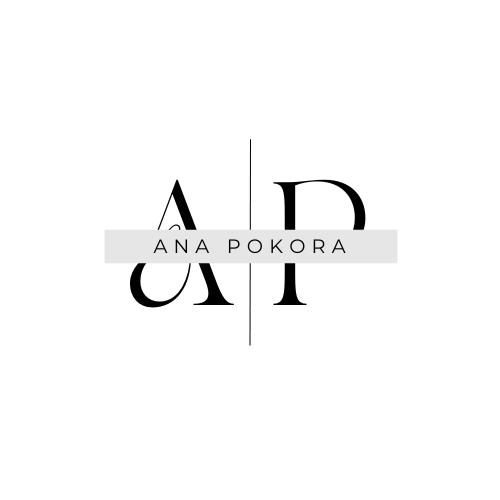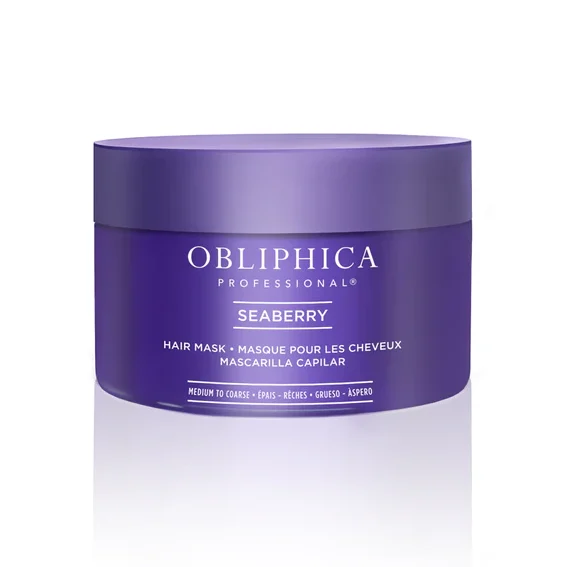Cómo acondicionar profundamente el cabello rizado correctamente (Guía para principiantes)
Descargo de responsabilidad: This post contains affiliate links, which means I may earn a small commission if you make a purchase through them—at no extra cost to you. I only recommend products I genuinely use and trust.
You’re not alone if you feel deep conditioning is overhyped or isn’t doing much for your curls. It seems like every product promises to be “life-changing,” but the reality is that deep conditioning only works when done right. And if you’re a curly girl, a postpartum mama dealing with shedding, or someone bouncing back from heat or color damage, deep conditioning isn’t just a luxury—it’s a necessity.
What Is Deep Conditioning?
Deep conditioning goes beyond your regular conditioner. It’s designed to penetrate the hair shaft and repair from the inside out. While your daily conditioner smooths the outside of your strands, deep conditioners focus on restoring moisture, protein, or both, depending on your hair’s needs.
When and why should you deep condition?
- Hair feels brittle or dry.
- After clarifying or coloring your hair
- To restore protein lost through styling or chemical processes
- To add long-lasting moisture and manageability
Deep Conditioning Mistakes to Avoid
If your deep conditioner hasn’t delivered those juicy, bouncy results, it might be due to how you’re using it:
- You’re applying it on dry hair (nope!)
- You’re rinsing it out too quickly.
- You use the same formula every week (your hair needs balance!)
- You don’t section or detangle first.
- You skip heat or steam, especially if your hair has low porosity.
Step-by-Step: How to Deep Condition Curly Hair
Let’s break it down, step-by-step:
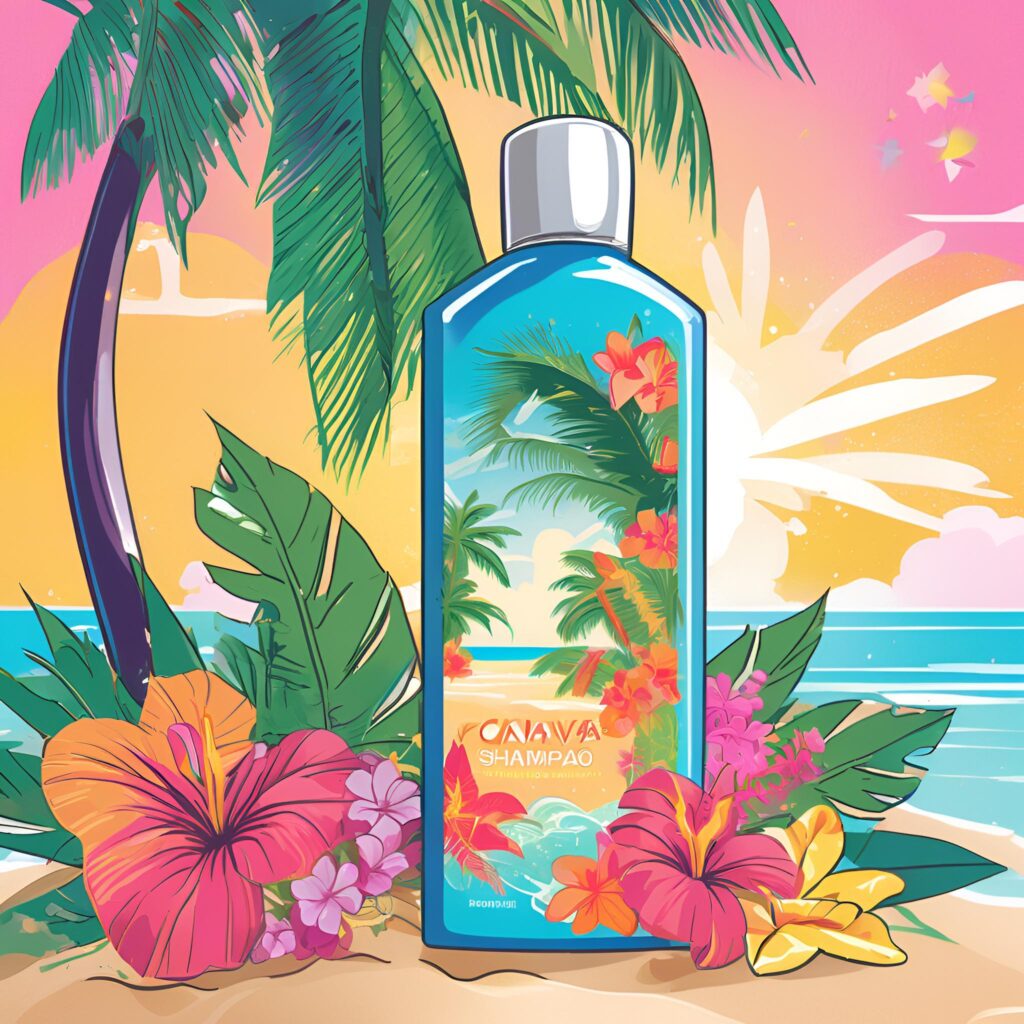
Shampoo first. This opens up your hair cuticle and removes buildup, allowing the treatment to work effectively.

Apply a deep conditioner to damp, but not soaking wet, sectioned hair. This helps the product cling and absorb.

Work it in thoroughly. Rake it with your fingers or a wide-tooth comb to ensure even coverage.

Use heat. Pop on a shower cap, sit under a hooded dryer, or wrap your hair with a thermal cap. No tools? Let your steamy bathroom work its magic.

Leave it on for 15–30 minutes. Going longer isn’t always better, especially if the product isn’t protein-based.

Rinse with warm or cool water.
A cool water rinse is traditionally used to seal the cuticle and lock in moisture after deep conditioning. However, depending on your hair’s porosity and routine, warm water might be a better choice.
Adjust based on your hair’s needs.
- Do you have low-porosity hair? Rinse with warm water to keep the cuticle open. This helps your leave-ins and stylers absorb more effectively right after rinsing.
- High porosity or frizz-prone hair? Use cool water to smooth the cuticle and reduce frizz gently.
- Want the best of both worlds? Rinse with warm water to apply your styling products, then finish with a cool water mist or blast to seal the deal.
Don’t know your hair porosity?
Subscribe to grab my Free Curly Hair Hydration Guide! – And as a bonus, you’ll also receive my Deep Conditioner Tracker to help your curls thrive regardless of texture.
Sign up below to get instant access
Tailor Deep Conditioning to Your Hair Type
Deep conditioning isn’t one-size-fits-all:
- Low porosity: Utilize heat to enhance product absorption. Look for lightweight, water-based formulas.
- High porosity: Opt for thicker, creamier treatments with oils and butters.
- Fine hair: Avoid heavy butters; use protein-based masks for added strength.
- Thick hair: Use layering, moisture, and strength-based masks for optimal results.
How Often Should You Deep Condition Curly Hair?
As a general rule, once a week is enough for most.
But here’s the catch: your location, season, and hair routine matter. Increase the humidity if it’s dry outside or you’ve been using heat tools. Alternate between moisture-rich y protein-rich masks to maintain a balanced routine.
Product Suggestions
These deep conditioners have worked well for me and others with curly or low-porosity hair; however, please note that results may vary depending on your hair texture, density, protein sensitivity, and personal hair care routine.
If you have low-porosity hair, using warm water and heat (such as a steamer or heat cap) can help most masks absorb more effectively.
These include affiliate links:
Moisture-Boosting Favorites:
Mascarilla de ajo Ever Ego
A salon-favorite deep conditioner enriched with garlic extract to help revitalize dry, damaged strands. Ideal for post-shedding recovery, strengthening fragile curls, and boosting shine without overpowering scent. Best for medium to high porosity hair.
Obliphica Seaberry Mask
This luxe salon-quality mask is infused with seaberry (sea buckthorn) and a nourishing blend of oils to help restore softness and shine. When used with heat, it is great for thick or low-porosity curls, especially during seasonal dryness or post-color recovery.
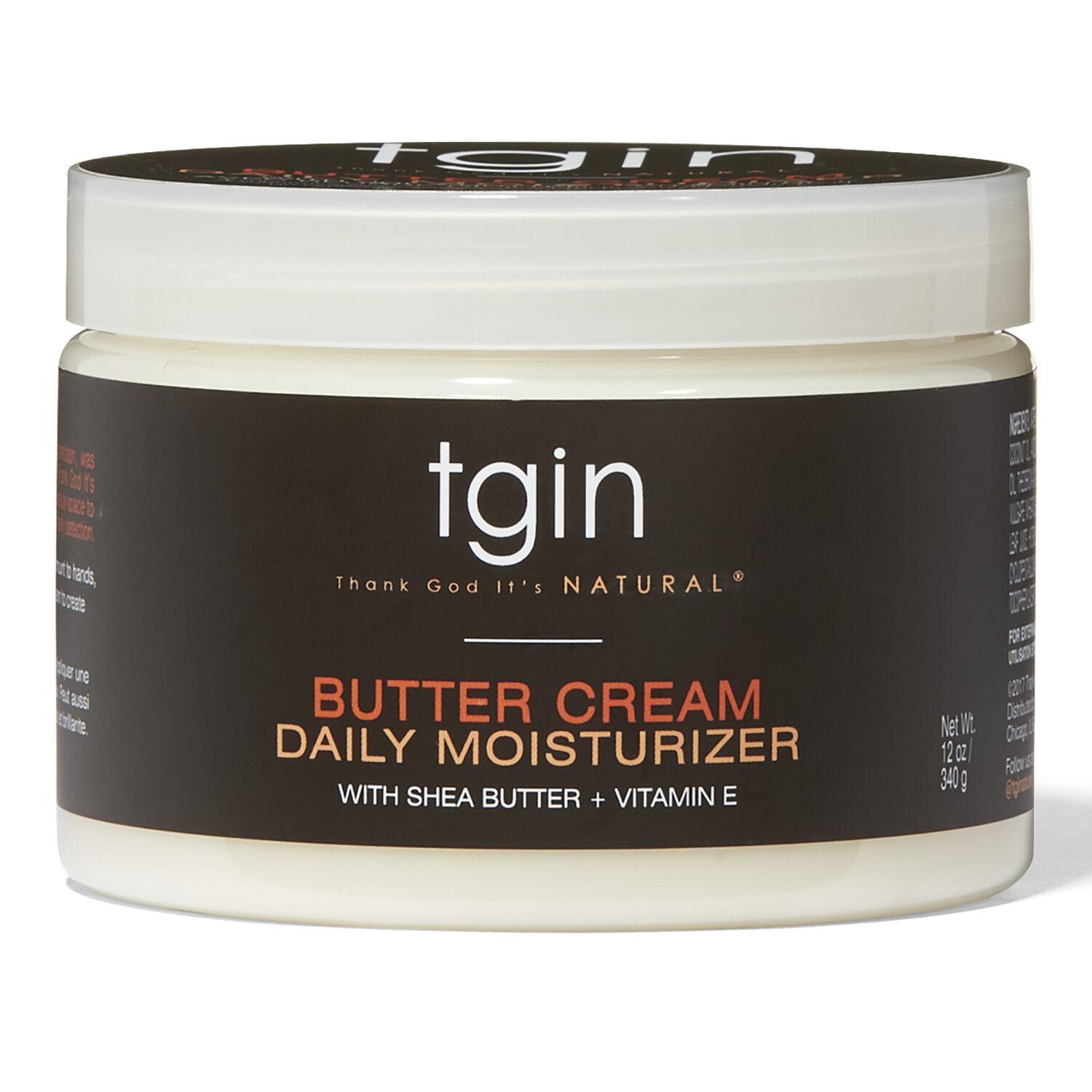
TGIN Honey Miracle Mask
A cult favorite rich in honey and olive oil, this product leaves curls shiny, soft, and deeply hydrated. It is great for dry or color-treated hair and best for high porosity.
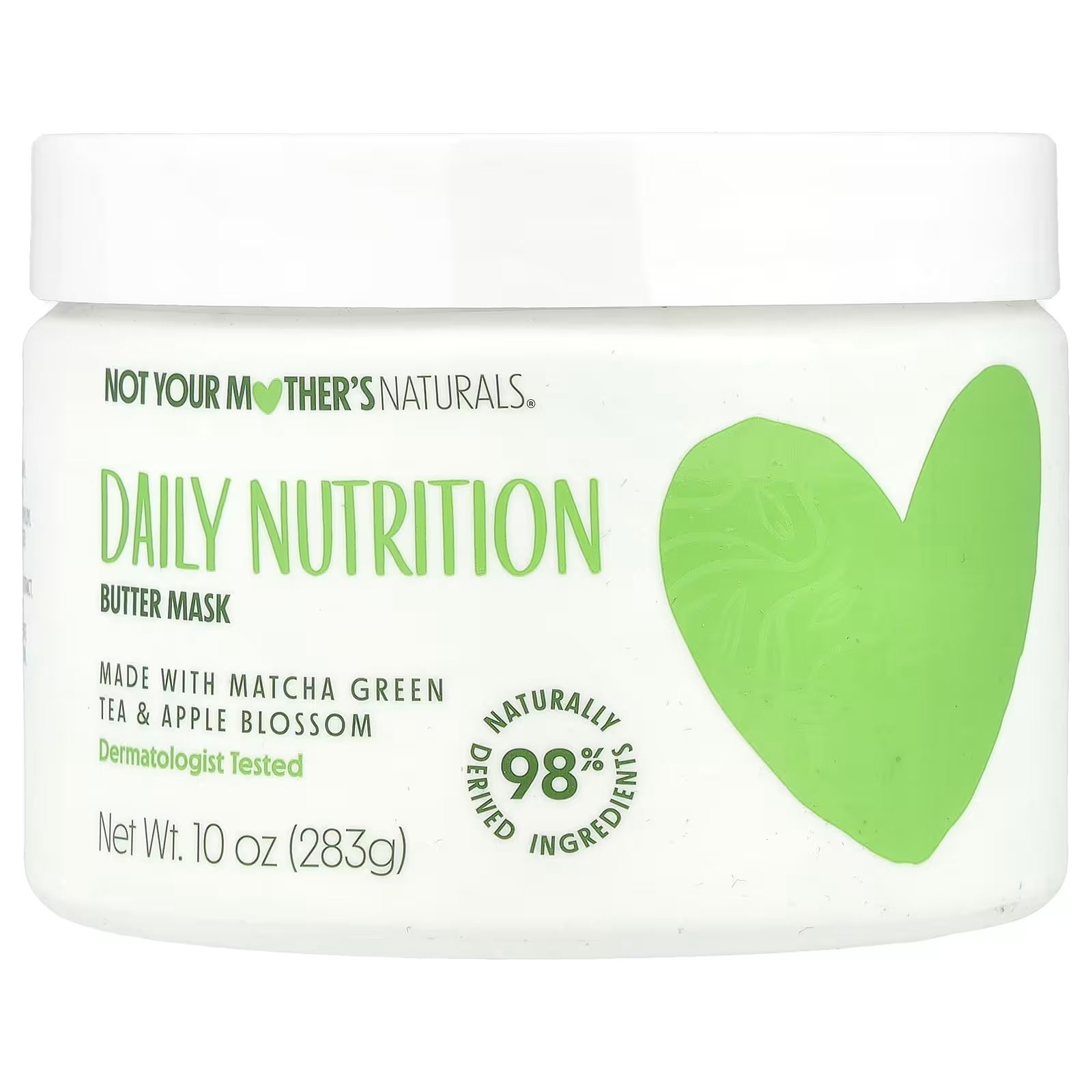
Not Your Mother’s Matcha Green Tea & Wild Apple Blossom Ultimate Nutrition Butter Mask
Previously known as the Matcha Green Tea & Wild Apple Blossom Masque, this updated formula continues to deliver lightweight moisture with botanical nourishment. It is perfect for softening curls without buildup. It is best for low to medium porosity.
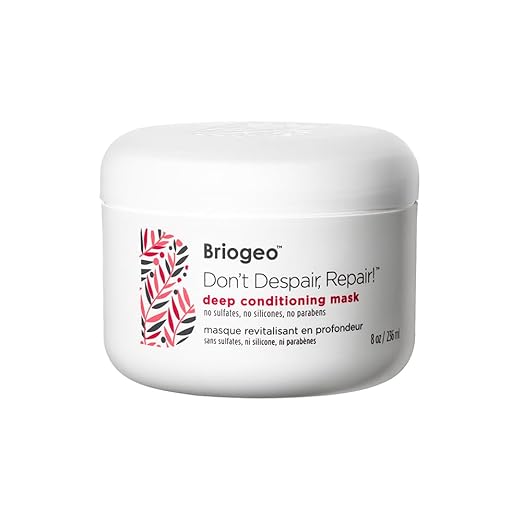
Briogeo Don’t Despair, Repair! Deep Conditioning Mask
A clean beauty favorite with proven results in restoring moisture and elasticity in curls and waves. Great for medium to high porosity hair.
Strength + Repair
My Deep Conditioner Rotation
As someone with low porosity y virgin curls, I alternate between moisture- and strength-based masks to maintain a balanced hair condition without protein overload. Here’s my current rotation:
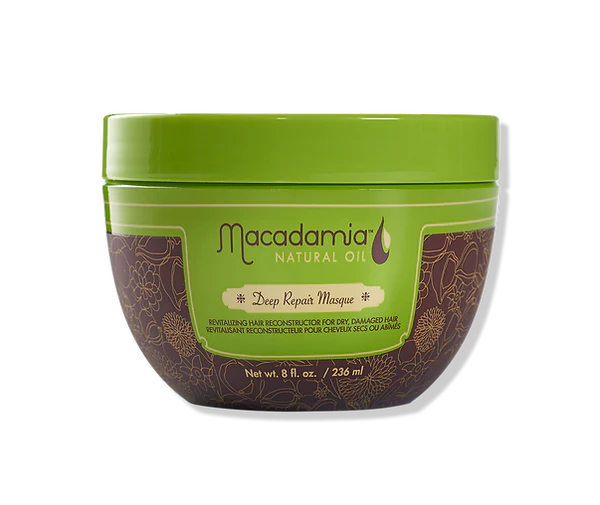
Moroccanoil Restorative Hair Mask
Use: Every 2–3 weeks
Por qué: Strengthens and restores elasticity when my curls feel weak or flat.
Porosity fit: Best for low to medium porosity when used with heat.
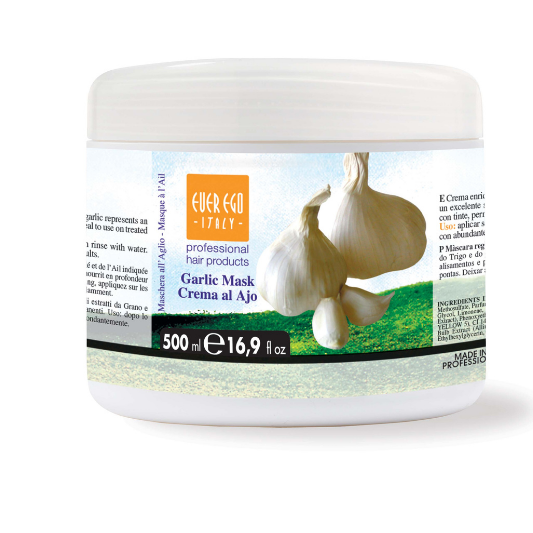
Mascarilla de ajo Ever Ego
Use: Every 2–3 weeks (alternating with Moroccanoil)
Por qué: Helps with softness and light strengthening post-shedding
Porosity fit: Low porosity friendly when applied with a steam or heat cap
Obliphica Seaberry Mask (Thick to Coarse)
Use: Weekly or as needed for moisture
Por qué: My go-to for soft, juicy curls with shine and hydration
Porosity fit: Lightweight enough for low porosity, especially post-wash
Alternate between moisture-rich y protein-rich masks to maintain a balanced approach. You can rotate 2–3 products weekly based on your hair’s current needs.
All product suggestions and links are listed above for easy reference.
Consejo profesional: I rinse with warm water before applying leave-ins to keep my cuticle open and help stylers absorb better.
Deep Conditioning Curly Hair: FAQs
Do I still need a regular conditioner if I am in a deep condition?
Yes! Regular conditioner is ideal for frequent use, especially on non-deep conditioning days. It adds slip, helps detangle, and balances pH after shampooing. Depending on your routine and budget, you can alternate between regular and deep conditioning.
Can I use a deep conditioner instead of a regular conditioner every time?
Technically, yes, but it’s not always necessary. Deep conditioners are more concentrated and can be costly if overused. Use regular conditioner when your hair doesn’t need an intensive treatment.
What if I only wash my hair once a week?
If your wash days are limited, prioritize deep conditioning—but you can still use a rinse-out conditioner after workouts or as a co-wash midweek if needed.
Should I apply deep conditioner to dry hair?
Nope! For best results, apply deep conditioner to clean, damp hair. Shampoo first to open the cuticle so the treatment can absorb.
Is it okay to mix protein and moisture masks?
Absolutely—as long as you’re balancing your routine overall. Make sure your hair isn’t protein-sensitive, and adjust based on how your curls respond.
Final Thoughts + Freebie!
Deep conditioning is a core step in any healthy hair routine. When done right, the results speak for themselves. Whether recovering from damage, maintaining your curls, or wanting extra softness, the method matters as much as the product.
Want to stay on track with your hair goals?
- Join my mailing list below to gain access to my Rastreador de acondicionador profundo, Guía de hidratación para cabello rizado, and Biblioteca de obsequios—perfect for tracking your product rotation and helping your curls stay soft, balanced, and defined.
- Also, check out my latest post: Obliphica Seaberry Review: My Low-Porosity Curl Routine for a step-by-step look at how I incorporate this salon-quality line into my routine.
- Drop a comment below with your favorite deep conditioner, or let me know if you’d like help building your routine!
Curls Feel Out of Sync? I Got You.
Join the Curly Mama mailing list for free tools that help you build a consistent routine, starting with my hydration guide y deep conditioner tracker.
